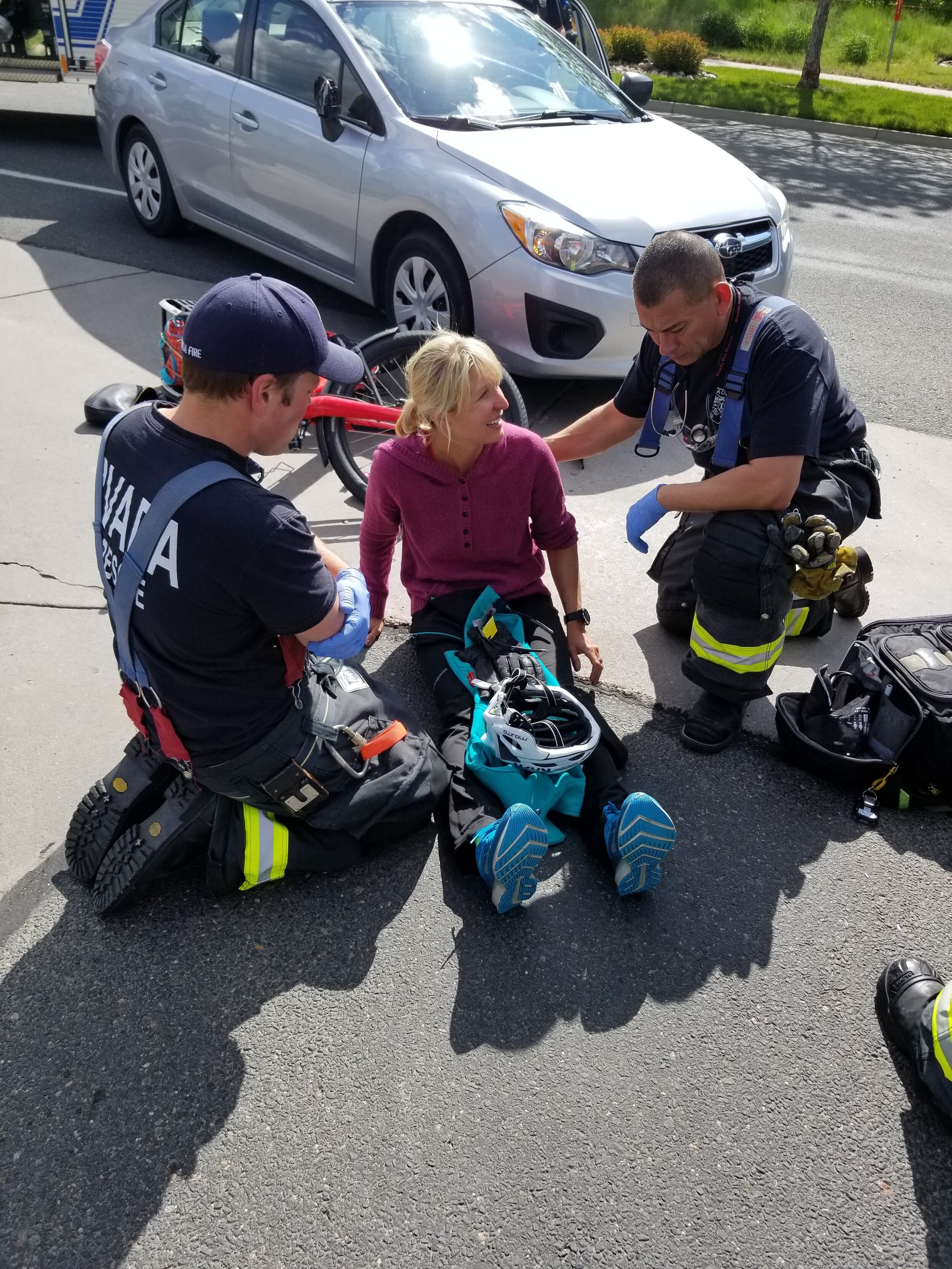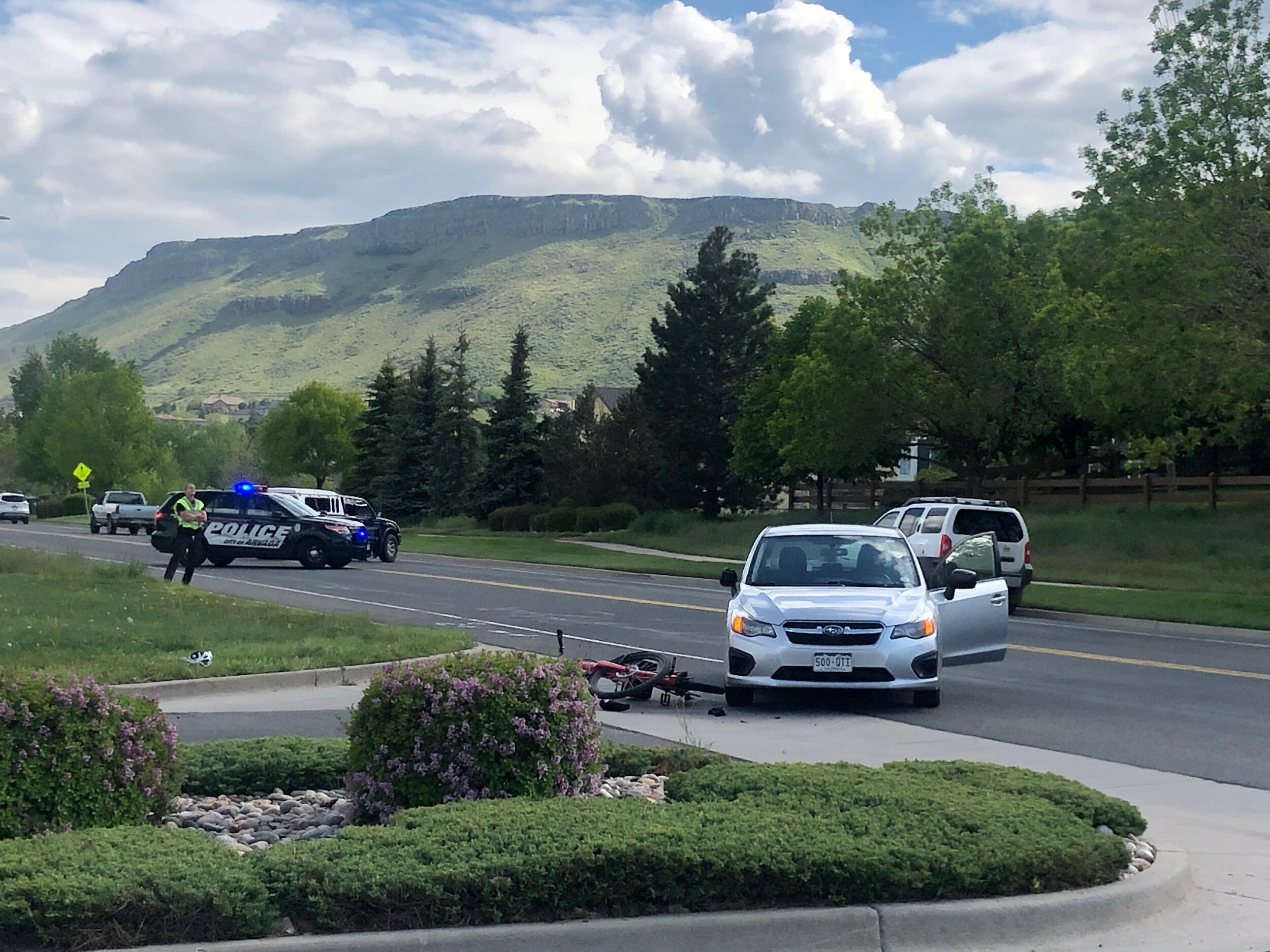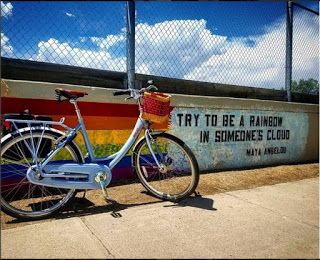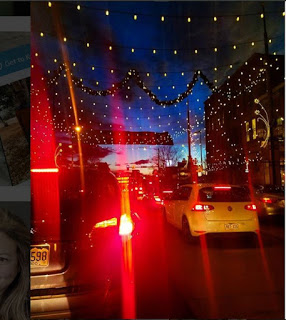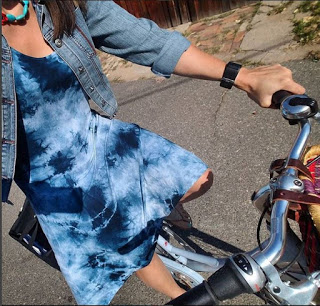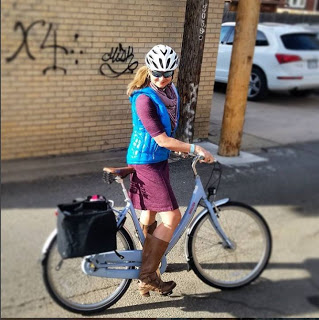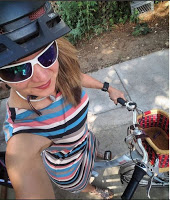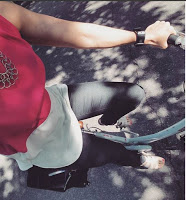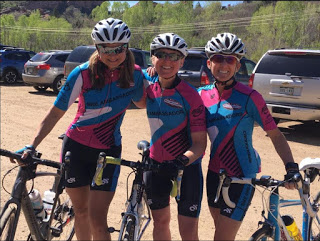A few days ago we got this inquiry from a law enforcement friend who wanted our take on this issue:
“Hey Megan - quick ? if I may on something we were debating: If a motorist can cross a double-yellow (when safe) to pass a slower bicyclist, can a bicyclist cross a double-yellow to pass (when safe) a slower motorist? Example, Going down Lookout Mountain, and a car slows at the speedbump, and the bicyclist behind the car takes the opportunity to pass the car but crosses the double-yellow to do so.”
That’s a negative, ghost-rider.
A motorist is given the right to cross the center yellow line to overtake a cyclist in the context of the 3-foot law. C.R.S. 42-4-1005 describes limitations on overtaking on the left, and states that its mandates do NOT apply:
(d) To the driver of a vehicle passing a bicyclist moving the same direction and in the same lane when such movement can be made in safety and without interfering with, impeding, or endangering other traffic lawfully using the highway.
In other words… when read together with Colorado’s 3-foot law (C.R.S. 42-4-1003 , see more here or here), the law allows a driver to give a cyclist three feet when overtaking them to their left, which means they MAY cross the center yellow line - WHEN SAFE TO DO SO- in order to provide the cyclist a minimum of three feet.
This is not a speed issue, it is a safe-passing-buffer issue.
Compare that to a cyclist crossing a center yellow line to pass a vehicle on the left …. here, we do not have a 3-foot buffer concern…. and the rider is simply passing a motor vehicle as a result of speed, overtaking a slower-moving car, such as in the example cited above when a driver slows the vehicle down for a speed bump (or any other slowing reason, such as heavy traffic, wildlife, you name it).
In addition —the law reads that if your motor vehicle speed is such that it is impeding traffic, you are required to pull to the shoulder (or right lane) and let others pass you -C.R.S. 42-4-1103(3)(a)(b). However, we don’t see that a motor vehicle momentarily slowing down for a speed bump coming down the mountain constitutes "impeding traffic.”
As such, we conclude that cyclists are not legally permitted to overtake vehicles by crossing over the center yellow line.
It is also notable that on places like Lookout Mountain Road, Golden Gate Canyon road, or any other number of canyon or mountain roads where a cyclist can easily reach or exceed the posted speed limit, riders may be tempted to overtake vehicles doing the speed limit. This is a NO-GO. It is not only incredibly dangerous, it is illegal. At the speed limit, cyclists may take the lane and descend in the middle of the traffic lane. But if they come up on the back of a vehicle doing a slower speed, they need to wait behind the vehicle. This is safest, and it’s the legal maneuver. **Also-remember that you can be cited for speeding, and be subject to the same fines and penalties on your bike as in your car (except for driving points -you cannot be docked driving points when you’re operating a bicycle).
Please — don’t ever cross a center yellow line while you’re descending down a canyon or mountain road and don’t overtake motorists on their left by crossing the center line. Be safe. Ride in your traffic lane, at the speed limit, and arrive home safely.

